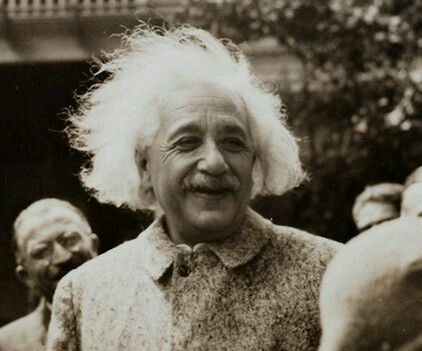You may not feel outstandingly robust, but if you are an average-sized adult you will contain within your modest frame no less than 7 x 10 18 joules of potential energy—enough to explode with the force of thirty very large hydrogen bombs, assuming you knew how to liberate it and really wished to make a point. Everything has this kind of energy trapped within it. We’re just not very good at getting it out. Even a uranium bomb—the most energetic thing we have produced yet—releases less than 1 percent of the energy it could release if only we were more cunning.

Among much else, Einstein’s theory explained how radiation worked: how a lump of uranium could throw out constant streams of high-level energy without melting away like an ice cube. (It could do it by converting mass to energy extremely efficiently à laE =mc 2 .) It explained how stars could burn for billions of years without racing through their fuel. (Ditto.) At a stroke, in a simple formula, Einstein endowed geologists and astronomers with the luxury of billions of years. Above all, the special theory showed that the speed of light was constant and supreme. Nothing could overtake it. It brought light (no pun intended, exactly) to the very heart of our understanding of the nature of the universe. Not incidentally, it also solved the problem of the luminiferous ether by making it clear that it didn’t exist. Einstein gave us a universe that didn’t need it.











